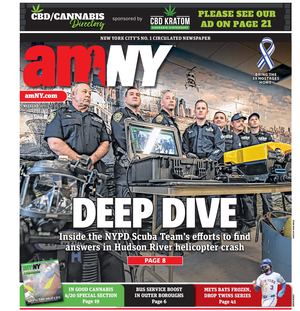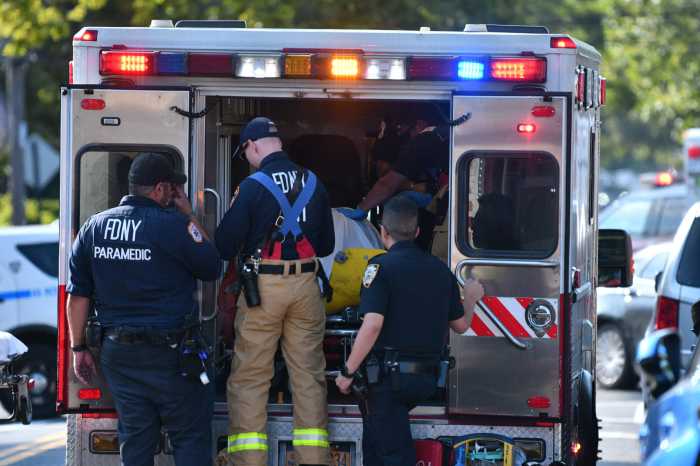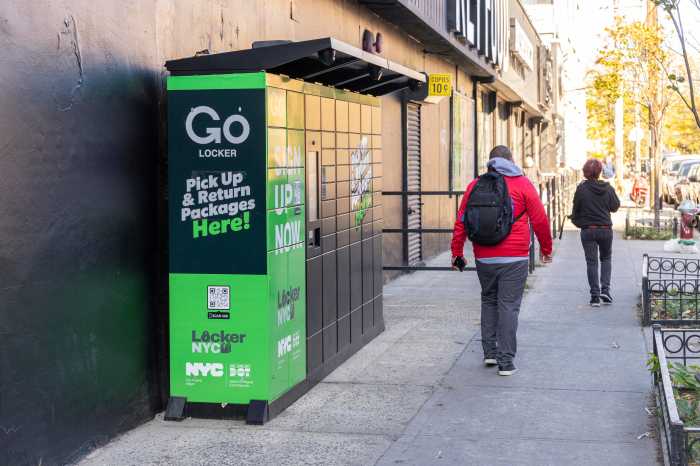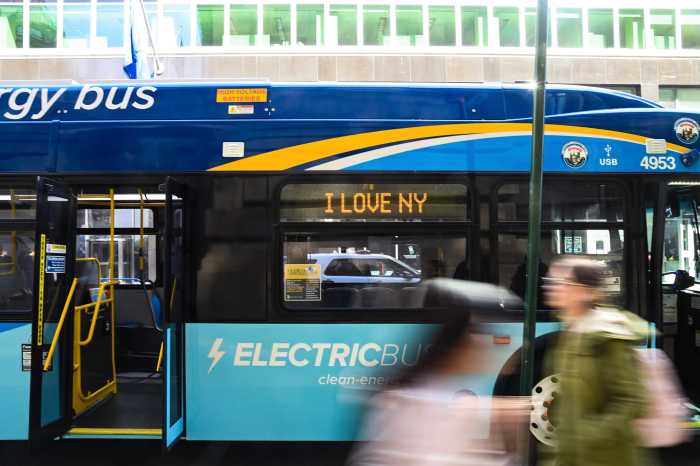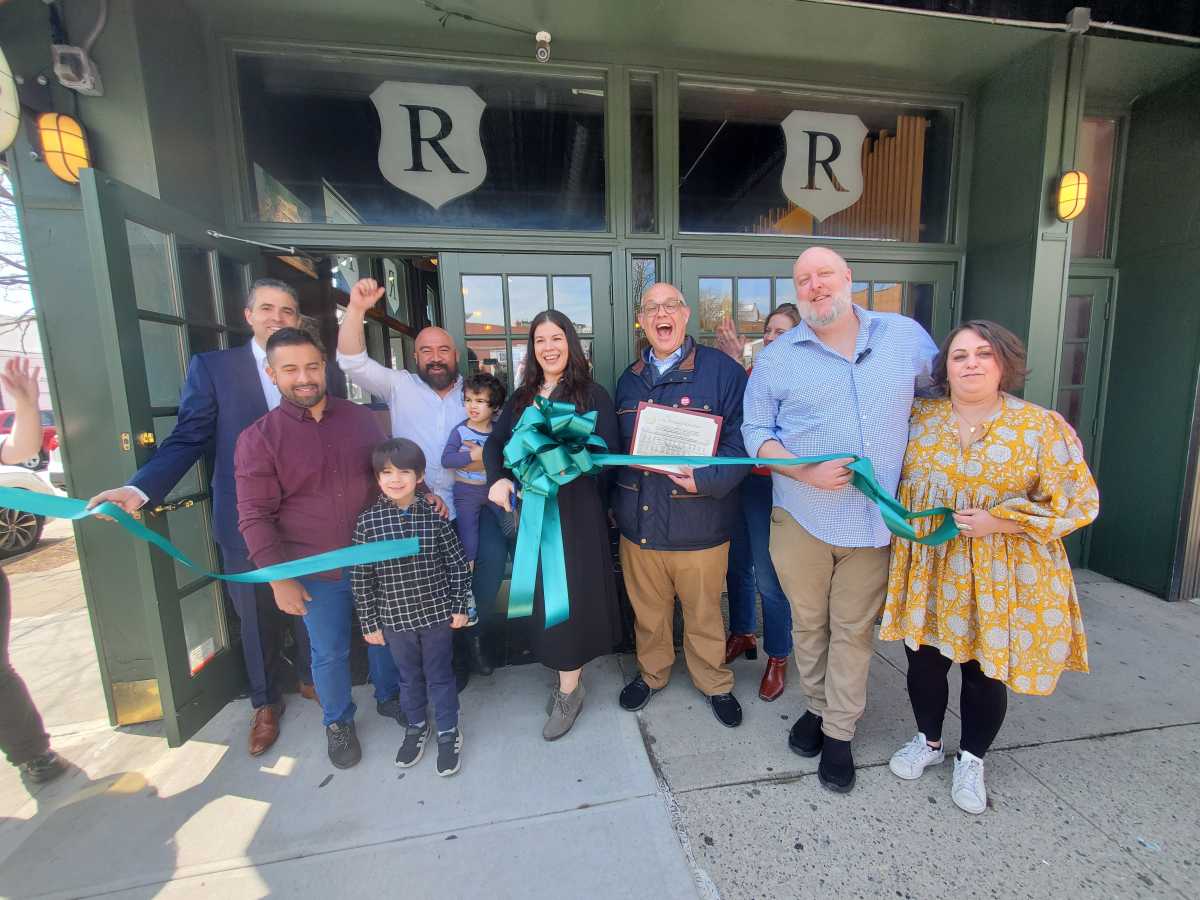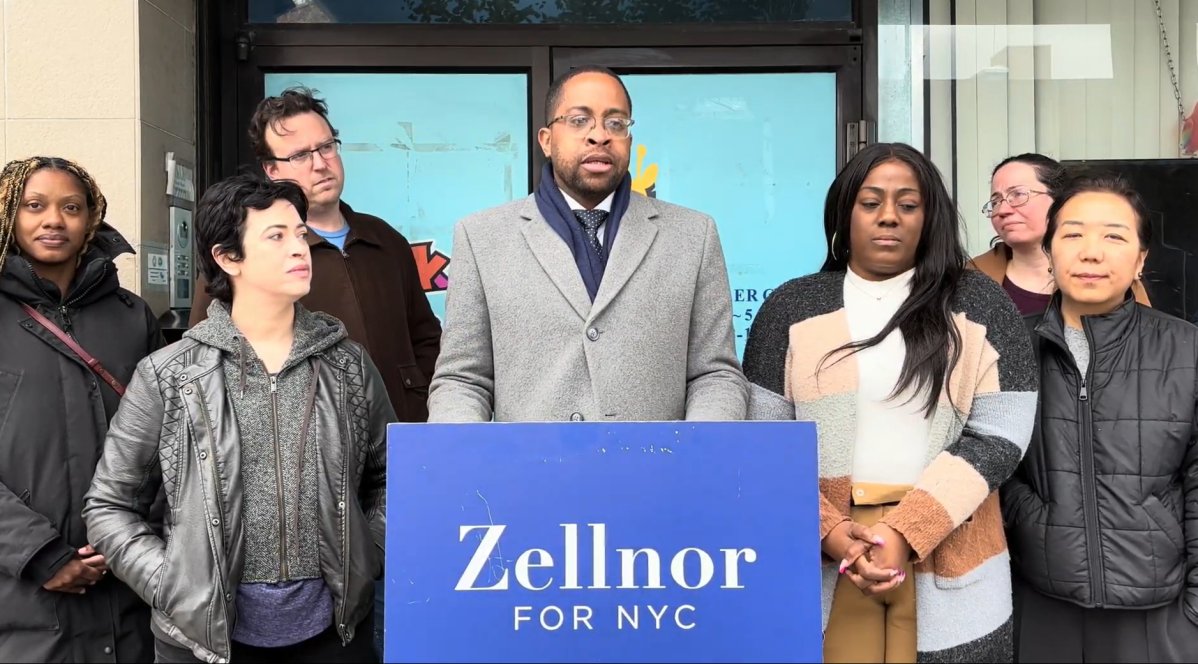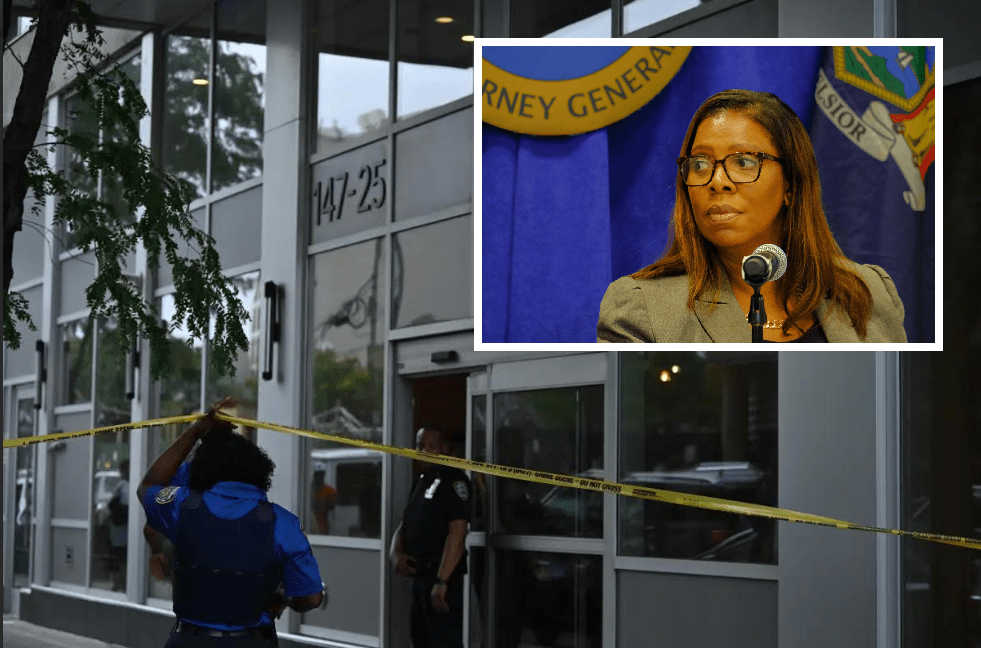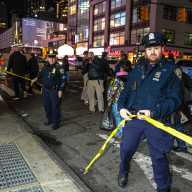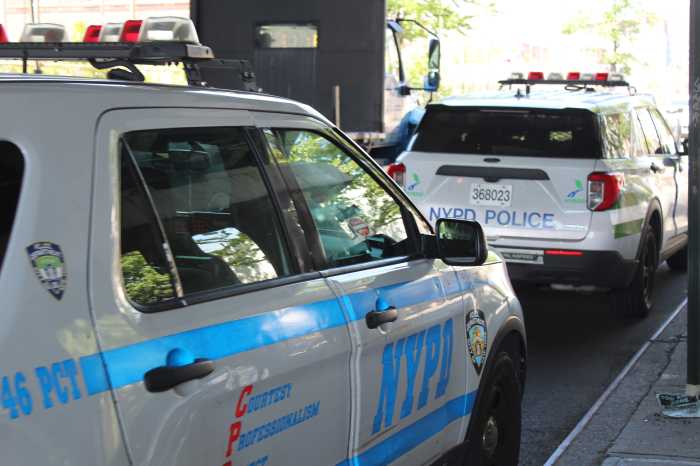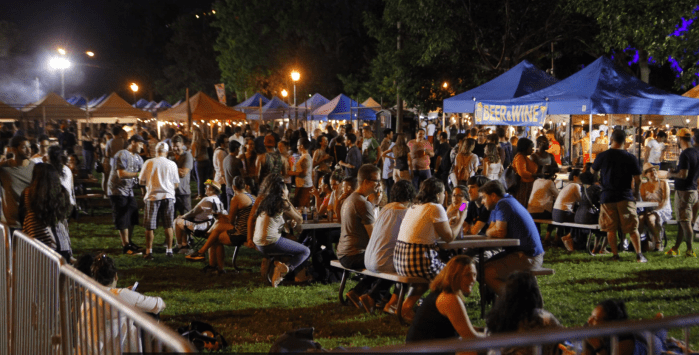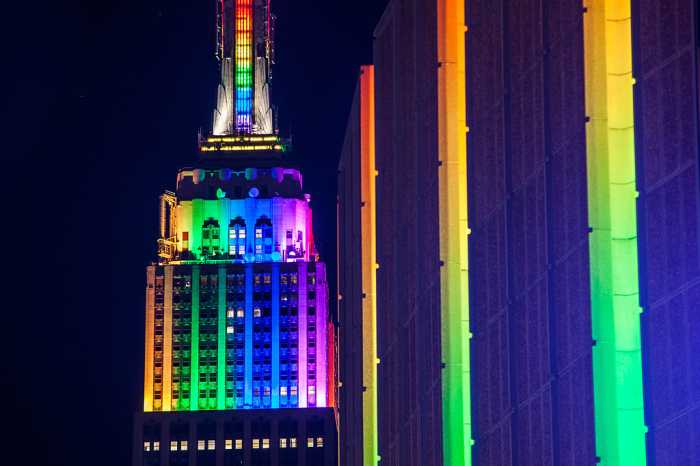
Bringing the 7 line into the 21st century will have to wait a few more months.
The MTA project to upgrade the Flushing Line with a modern signal system has been delayed — again — due to persistent software and hardware issues. On Monday, officials at the agency pushed back the launch of the digital train control technology, known as communications-based train control or CBTC, from the end of this year to the spring of 2018.
The $588 million project has already experienced three years of delays and cost overruns, and this latest setback comes at a time when the agency has faced criticism for failing to quickly update its century-old signal system.
Riders on already overcrowded 7 trains would benefit from the new tech, which mostly automates train service and allows for the MTA to run three additional trains per hour along the line running from Queens to Manhattan. The signal system is already in place along the L line, which has helped the service accommodate a surge in riders in recent years.
Lingering hardware and software issues have plagued the project — now about 91 percent complete — though the MTA has begun incrementally using the new signals. It began relying on them during overnight hours between Main Street to 74th Street stations in February, and expanded to daytime off-peak hours in June.
“We are running partial service in CBTC and expect the full project to be completed early next year when the contractor makes final software adjustments,” said MTA spokesman Jon Weinstein in a statement. “We look forward to the improved reliability that CBTC will provide for 7 train riders starting in 2018.”
Of the 33 signal upgrade and repair projects funded in the MTA’s previous two capital plans, 19 were completed behind schedule or are still ongoing and behind schedule, according to a report published earlier this year by the city’s Independent Budget Office.
MTA board member Andrew Albert said riders will notice the improvements once they come fully online.
“You can run more trains more closely together safely,” Albert, said. “[The 7 line] is a very crowded line that goes from three tracks to two from 33rd Street to Queensboro Plaza, so having that ability to run more trains will be great.”
Albert sympathized with the agency and stressed that it would be better not to rush into launching the service round-the-clock before it’s ready.
“Also, I’m not even convinced that by the time they install CBTC there might not be a better, newer technology” to automate trains, Albert said. “We have to be aware of anything that’s happening around the world and new technologies that are emerging.”
